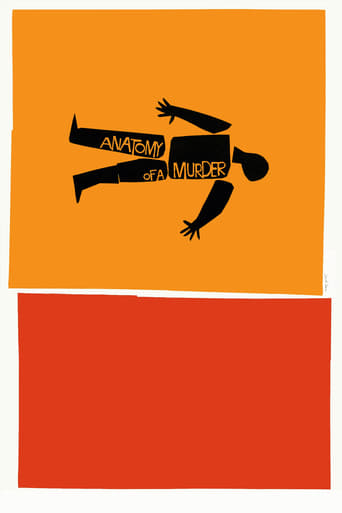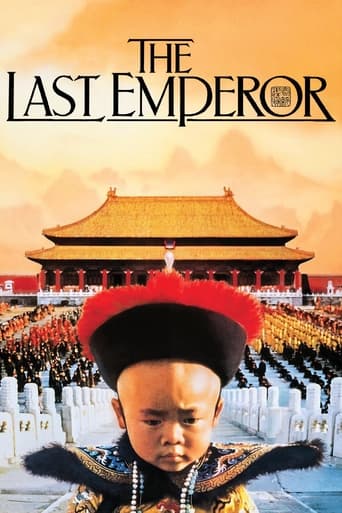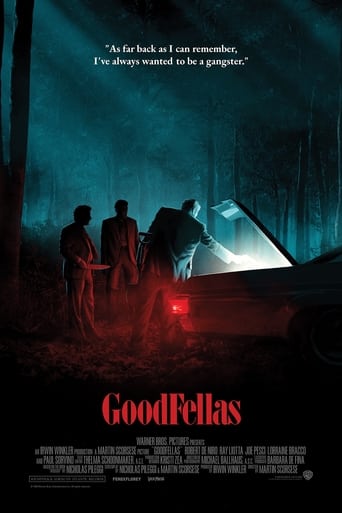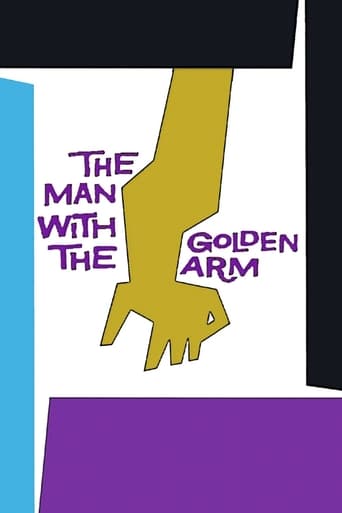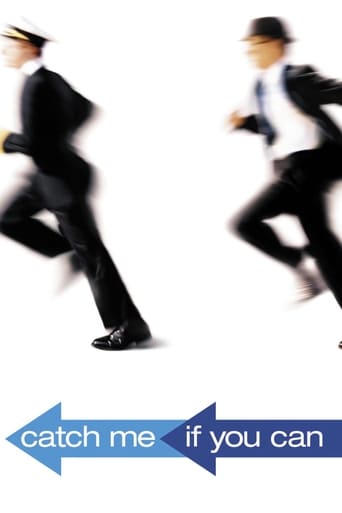
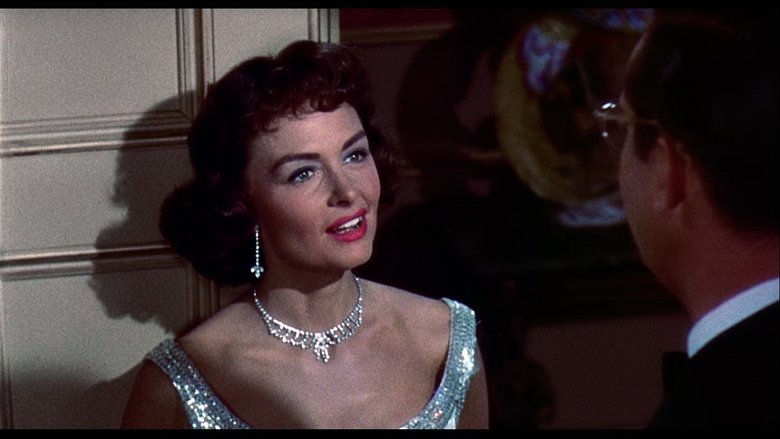
The Benny Goodman Story (1956)
Young Benny Goodman is taught clarinet by a music professor. He is advised to play whichever kind of music he likes best, but to make a living, Benny begins by joining the Ben Pollack traveling band.
Watch Trailer
Cast



Similar titles
Reviews
The opening sequence with Papa and Mama Goodman and their kids shows us a slice of cozy urban ethnic life, but in fact Benny Goodman grew up in terrible circumstances, the ninth of 12 children in a poor family in a rotten neighborhood of Chicago. He was haunted all his life by the hard labor endured by his father in order to feed the family.And so it goes throughout this movie: the reality has been bled out of the story so that what's left is lifeless. In the film, black musicians like Teddy Wilson and Lionel Hampton just happen to join up with Goodman, when in fact it was almost unprecedented to have blacks and whites performing together, at least before white audiences, and certainly in the South, where the bands would tour. After Goodman set the precedent of working with blacks, black members of white bands still regularly endured all sorts of humiliations in the South, and not just there.It has been said that the soggy plot and Steve Allen's deadly performance can be overlooked because there is so much great music throughout the film. There is something to be said for that. But consider what was done in the final sequence--the 1938 Carnegie Hall concert. Yes, it was fun seeing the real Harry James, Ziggy Elman, and Gene Krupa perform. But we had to endure repeated cutaways to Goodman's mother and girlfriend, and the real focus of the sequence was on this sappy, conventional romantic situation rather than on the importance of the concert.I had just listened to a recording of the entire concert--introductions, setups, and applause included--prior to watching this movie. It was the Goodman orchestra at the peak of its powers, and the evening must have been electrifying. It certainly was a milestone in jazz history. Also present were other greats of jazz from the Ellington and Basie bands (even Basie himself at one point). Watching the chopped up portrayal of the concert in the film, I wished Donna Reed and the actress playing Mama Goodman would just disappear.And yet clearly Benny Goodman gave his stamp of approval for the film, providing all the clarinet music. I doubt that he needed the money. So go figure.
He was born in the spring of 1909, and beginning with his first hit recording, "Moon Glow" in 1934, he routinely scored a dozen top-ten hits on a yearly basis. Some regard his title, "The King of Swing," as insulting to the African-American tradition that became America's indigenous art form, jazz. It's true that Count Basie, Duke Ellington, Chick Webb, and Fletcher Henderson probably deserved the title, but Benny Goodman was also deserving, and moreover an admirable, seminal representative of the historical period that became known as the "Swing Era." Moreover, in his 1938 Carnegie Hall concert he broke both the "cultural" barrier that insisted on privileging classical European music over "vulgar" American popular forms as well as the color barrier that made it unusual, unlikely, and often impossible for white and black musicians to play on the same stage. Benny was a great musician, as in command of a classical repertory as of jazz, but he was also an ambassador and an example, making the public aware of the music of Billie Holiday (he also introduced Peggy Lee), Lester Young, Lionel Hampton, Teddy Wilson, and the beauties of a music that was a sophisticated American music as well as a highly swinging one.Forget the plot of this adequate but conventional love story. You'll have to look long and hard to find a movie with this much great American music. And give some thought to the revolution that began in the 1950s and changed the American landscape in the 1960s after the "British invasion." Goodman looked like a boring banker. He wore suits and ties--and he played clarinet! How could he have been adopted by a primarily young generation as a hero if not major pop star? Steve Allen is a bit better looking (and far more clever and articulate) than Goodman, but he won't explain the revolution that made hair, guitars and grubby jeans more worthy of our time, attention, and money, tons of it, than a genteel adult like Goodman. Benny instead introduced us to a guitarist who was black, wore suits, and became known as the "Father of the Jazz guitar," Charlie Christian. Benny Goodman was about sophistication, civility, and competence--and that's exactly what you get, and in abundance, from the musically hip Steve Allen.Thanks to this movie, I developed a lifelong love of jazz. I'm still swinging, and I'm still left puzzled by the sounds of distorted guitars, of groups that can't perform without vocals, and of drummers who are clueless about the subtle, airborne groove of a 4/4 walking bass, a tight hi-hat, and a shimmering ride cymbal. And I still fail to grasp the entertainment value of performers who wear torn jeans, earrings and tattoos while commanding tens of thousands for a single performance. If you can't hear music unless the beat sounds like an amplified, mechanical drill hammer, you probably won't like this movie.
This film was certainly made in order to give jazz and swing band fans a real fine dose of perhaps the greatest swing music ever recorded, and this it does in abundance and in very fine form.However, the story and dramatic part of this film is truly not very well executed, and much inferior to the previous year's "Glen Miller Story".And, as a previous commentator stated on this site, why couldn't the producers have put in a little more thought into the costumes of the period, not only for the women, although this is where it is obviously not proper period costume, but also for the men.Are 1920's fashions that difficult to reproduce? I don't think so.While Donna Reed certainly looked beautiful in the clothes she did wear in the film, it was a bit "jarring" to know that the story is taking place in the 20's and 30's, and everyone is parading around in mid 50's clothing.Otherwise, the film is modestly entertaining, and the music , as mentioned, is superb.
Viewed from the point of view of a jazz fan interested in the history of swing, this movie is a treasure. There are moments all through when some of the true greats in jazz can be at least glimpsed, and some have ongoing parts: Buck Clayton, on trumpet, Teddy Wilson on piano, Gene Krupa, on drums, Lionel Hampton on vibes, Stan Getz on tenor saxophone (he was the farthest to the right on the front row--almost always cut out of the pan-and-scan print shown on TCM, but he has a great solo and closeup in one of the numbers, in the Palomar ballroom section). There are other stars who appear for one scene, but it's fun to see them, even briefly. Ziggy Elman plays his trumpet solo on "And the Angels Sing" glibly verbatim from the famous recording, but rushes, unfortunately. The plot is quite predictable, and there's no clinch at the end, just shining eyes. A must-buy for the jazz sentimentalist--but get the wide-screen version.




